Explore Diamond by using our interactive map and discover the synchrotron, beamlines and much more.
For a more in depth insight, visit our Virtual Visit page where you can watch an ‘Introduction to Diamond’, take a tour of the facility and submit your questions to our experts.
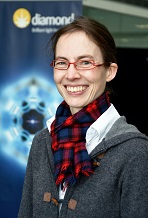 What’s your professional background and how did you come to work at Diamond?
What’s your professional background and how did you come to work at Diamond?
I joined Diamond Light Source as a PDRA in 2006 from the Department of Earth Sciences in Oxford. At that time the newly build light source represented one of the largest investments into scientific research in the UK for the last three or four decades. The prospect of participating in such a large-scale project and contributing to research at the forefront of science and technology was tantalising. I15, the Extreme Conditions Beamline, was one of the first six experimental stations at the dawn of Diamond, and it was a natural fit for my background in Physics and Earth Sciences. As I arrived, the first challenge was to commission the newly build beamline with X-rays. Now, with the comprehensive upgrade of Diamond to Diamond II, new and exciting challenges lie ahead, and I’m looking forward to continuing contributing and enabling world class science.
Read more...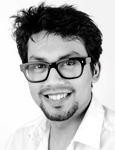 What’s your professional background and how did you come to work at Diamond?
What’s your professional background and how did you come to work at Diamond?
I have been a tinkerer for as long as I can remember. So, it was no surprise that I went on to study for an engineering degree at the University of Southampton. I chose Civil Engineering as my focus, which had the highest employability stats. My 3rd-year individual project was the catalyst that set my career path toward scientific research, which eventually led me to Diamond. The experience I had with this project was very positive. So, I embarked on a PhD investigating the effects of particle shape in granular systems. During my PhD, I was introduced to X-ray-based techniques at the then newly established µ-VIS X-ray Imaging Centre - MUVIS. This was also when I first visited a synchrotron beamline, TOMCAT, at the Swiss Light Source in Switzerland.
Read more...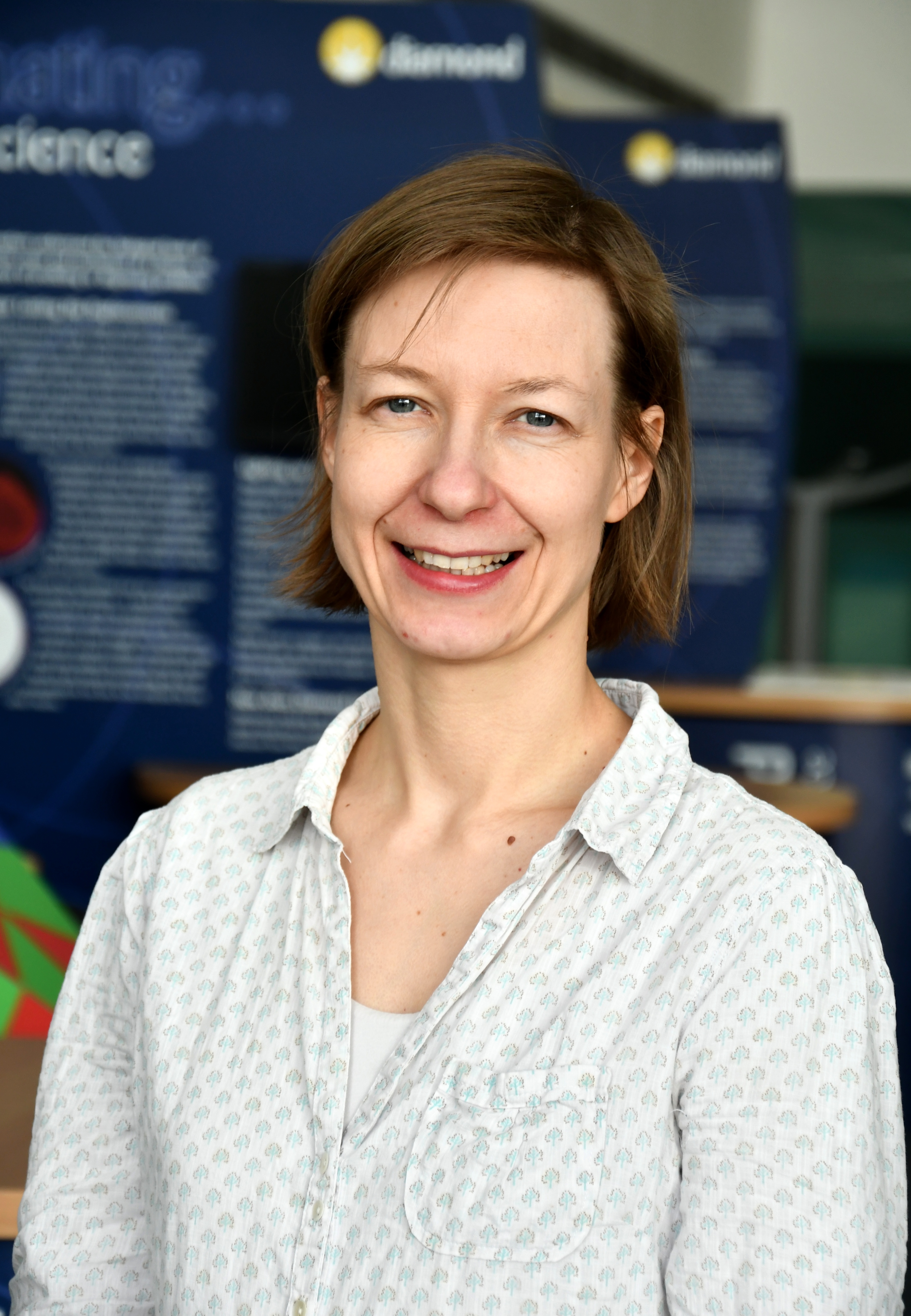 What’s your professional background and how did you come to work at Diamond?
What’s your professional background and how did you come to work at Diamond?
I enjoyed studying science at school in Germany. After my degree in biochemistry with physiology, I did a PhD in structural biology at the University of Southampton under the supervision of Prof. Steve Wood. My PhD was funded by the British Heart Foundation and focused on studying proteins involved in heart disease using X-ray crystallography. This method requires crystals, which interact with X-rays and allowed us to look at the protein molecules at the molecular level. This knowledge can be used to further our understanding of how particular protein molecules work and how we can alter their function with drug molecules.
Following my PhD, I took up a couple of postdoctoral research positions in London and Southampton, where I dipped my toes into nuclear magnetic resonance (NMR) as well as biophysics and gained experience working on lots of projects and with scientists from different fields. I decided I enjoyed X-ray crystallography the most and applied for a role as Senior Support Scientist and Crystallisation Facility Manager at Diamond Light Source, which is where I am currently based.
Read more...What’s your professional background and how did you come to work at Diamond?
I trained as a Pharmacist in Singapore and went on to pursue a more research-oriented discipline in pharmaceutical chemistry at Bath University. After a brief return to Singapore where I continued as a Pharmacist both in the retail and hospital sectors, I chose to further my research interests with a PhD programme. I was offered a scholarship with what is now the UCL School of Pharmacy, and began my research into peptide synthesis and designing drug delivery systems.
Read more...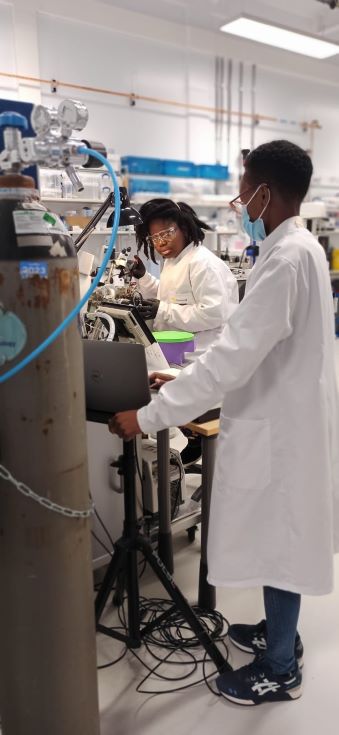 When I was in Nigeria, the highest-powered microscope I had used had a mirror as a light source to reflect sun from the window. This was when I studied zoology for my bachelor’s degree. At this point, I realised that most of my knowledge was at the organ and system level and I wanted to know more. I eventually started using higher powered microscopes until I was doing some cool superresolution microscopy during my PhD in New Zealand to study the rearrangement and remodelling of cardiac proteins. Now I work in biophysics which is the interface between biology and physics where we try to answer real-life medical questions.
When I was in Nigeria, the highest-powered microscope I had used had a mirror as a light source to reflect sun from the window. This was when I studied zoology for my bachelor’s degree. At this point, I realised that most of my knowledge was at the organ and system level and I wanted to know more. I eventually started using higher powered microscopes until I was doing some cool superresolution microscopy during my PhD in New Zealand to study the rearrangement and remodelling of cardiac proteins. Now I work in biophysics which is the interface between biology and physics where we try to answer real-life medical questions.
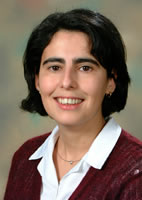 What’s your professional background and how did you come to work at Diamond?
What’s your professional background and how did you come to work at Diamond?
I studied Chemistry at the University of Seville, during which I had the opportunity to participate in an X-ray absorption experiment at the Daresbury Laboratory. In preparation for the trip, I read everything I could find about synchrotrons and X-ray absorption spectroscopy, and this was when I started to get interested in this world. During this first experiment, I came to realize how valuable beamtime really was, and how important it is to collect the data that is needed to continue with the research carried out in the group.
Read more... So Silvia, you joined Diamond in January 2014. What brought you here?
So Silvia, you joined Diamond in January 2014. What brought you here?
At the age of 17 I chose to study physics at Pierre et Marie Curie University Paris as I was planning to be a physics researcher. However, following a move to the ‘Instituto Superior Tecnico’ (School of Engineering) in Lisbon, Portugal, my interests turned to software engineering. I was excited to study and work in a field that is evolving and improving all the time, and which has a direct impact on research. After completing my post-doc as a visiting scientist at the ‘Institut fur Plasmaphysik’ (IPP, Max Planck Institut) in Germany, I decided that I would like to tackle new challenges in a different scientific environment. I was keen to work at a large research facility and found an opening at Diamond that related to both my scientific and engineering background. I applied, got the job, and here I am!
Read more...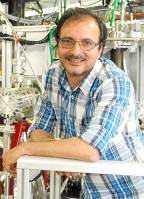 Pardeep, what brought you to Diamond? How did you come to work here?
Pardeep, what brought you to Diamond? How did you come to work here?
I always wanted to be a scientist. I grew up in Himachal Pradesh in India and as a child I was curious to understand how God can be everywhere. I turned to science to try to find the answer! At school I was inspired by my science teachers. Physics was always my favourite. Following a Masters in Physics at Panjab University, Chandigarh, I embarked on a PhD developing an experimental setup for material science investigations using nuclear techniques at the Inter-University Accelerator Centre, New Delhi. It was during this time that I became pretty sure I would follow a career in synchrotron science.
Read more...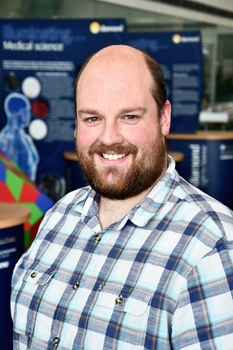 What’s your professional background and how did you first become interested in this field?
What’s your professional background and how did you first become interested in this field?
I completed my PhD in Computational Physics at the University of Reading. Following my PhD, I worked at the university on simulating materials, during which I collaborated with colleagues conducting experiments at synchrotron facilities like Diamond and created software to help them analyse their data. This led me to apply to work at Diamond as a member of the Data Acquisition Group, and later when it was created the Data Analysis Group. Initially at Diamond I worked heavily with the Tomography beamlines, and now I run the Imaging Team within the Data Analysis Group.
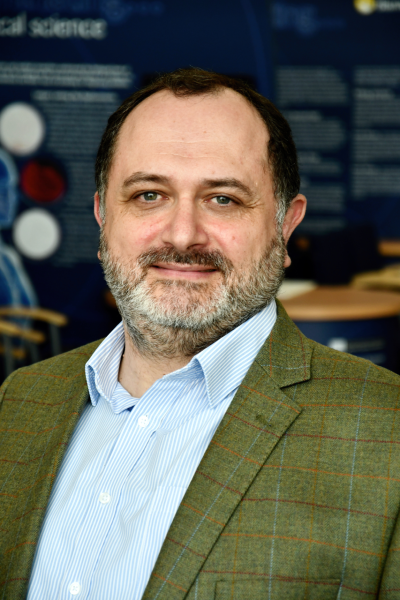
What is your professional background and how did you come to work at Diamond?
In 2000 I obtained my PhD in Condensed Matter Physics (Spin polarised transport) from the Ecole Polytechnique in Palaiseau (Paris). This was followed by a postdoctoral role at the UK’s Daresbury Laboratory, where I was responsible for developing a very sophisticated detector to measure the spin of photoemitted electrons. Later I worked at Artemis in the Central Laser Facility (CLF) part of the UK Research and Innovation’s Science and Technology Research Council (UKRI-STFC), where we measured electrons dynamics after excitation by ultrafast lasers. I joined Diamond in 2018 in the role of Principal Beamline Scientist.
Read more...Diamond Light Source is the UK's national synchrotron science facility, located at the Harwell Science and Innovation Campus in Oxfordshire.
Copyright © 2022 Diamond Light Source
Diamond Light Source Ltd
Diamond House
Harwell Science & Innovation Campus
Didcot
Oxfordshire
OX11 0DE
Diamond Light Source® and the Diamond logo are registered trademarks of Diamond Light Source Ltd
Registered in England and Wales at Diamond House, Harwell Science and Innovation Campus, Didcot, Oxfordshire, OX11 0DE, United Kingdom. Company number: 4375679. VAT number: 287 461 957. Economic Operators Registration and Identification (EORI) number: GB287461957003.